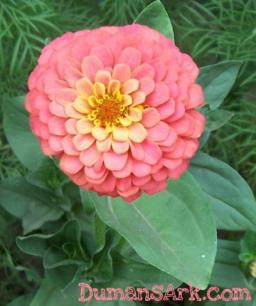
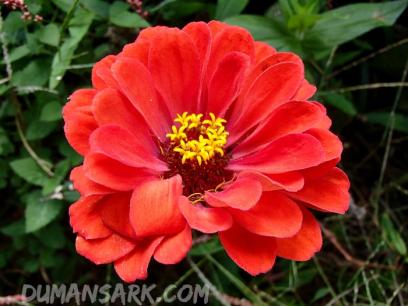
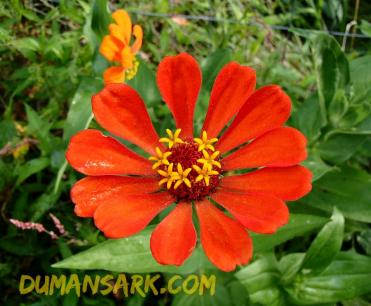
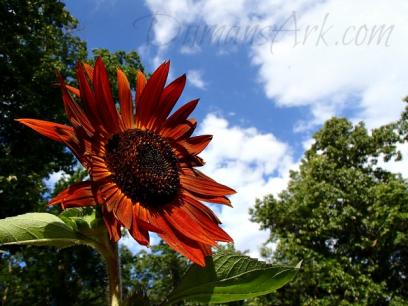
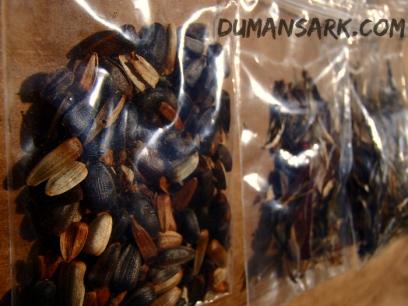

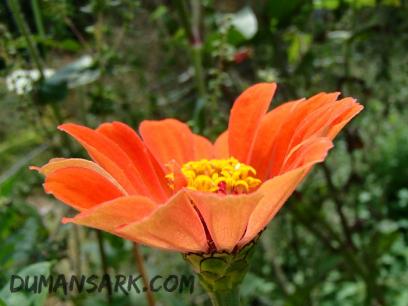

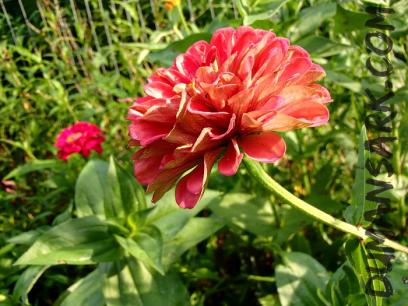
id=544


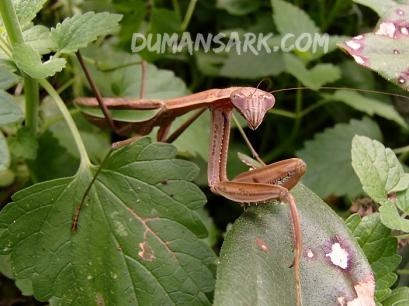


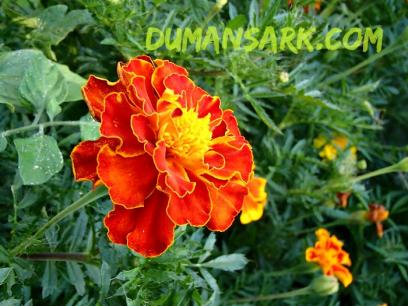

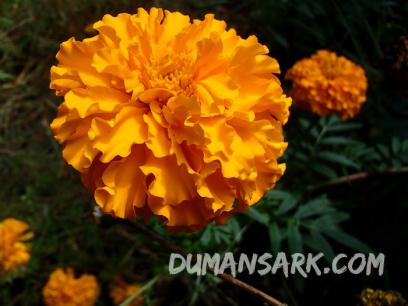

[purple]It’s that time of year again!
TIME TO GARDEN!
If you have a few feet on a sunny balcony to place a few pots, or if you have acres to plant, gardening is a rewarding and healthy pastime.
There are a few things that you may need to get started.
(Psst! Need Seeds? Seed packets are $1.50 each with $1.50 Shipping and Handling to the USA no matter how many packets you buy. Assorted Sunflower, Assorted Zinnia, and Assorted Marigold seed packets are available. Each packet contains a minimum of 100 seeds. Email me at DumansArk@gmail.com)
The seeds come from flowers grown in my garden, lovingly and carefully collected each harvest. To order, let me know what you want the card design to be, and specify if you want the Sunflower Assortment, the Zinna Assortment, or the Marigold Assortment included. Each seed packet contains a minimum of 100 seeds.
)
FENCING
Unless you are planting in an area where there are no rabbits, deer, goats, chickens, horses, donkeys, squirrels, chipmunks, or reindeer, then you will need some type of barrier to save your trees, shrubs, or delicate and delectable plants.
A small “rabbit guard” type fence works well to keep out smaller critters. Animals like gophers can tunnel under a fence, (as can rabbits) so be aware and you may want to consider digging a trench to start the wire in.
Some fences labeled as a guard against rabbits have wires with holes so large an entire family get-together of cottontails could slip through and party when you aren’t looking. Holes 4” x 4” is a little risky, but anything smaller should do.
Now if you have deer, you may need to invest in much taller fencing. One year, we lost most of our Red Delicious trees to Whitetail that cleared a 5 foot fence. We’ve heard tales of Whitetail bounding over a TWELVE foot fence.
THE REPORTED FIX: Build a doggone tall fence, or we’ve been advised to build an outer-perimeter fence 5 feet from the original fence. The idea behind this is the deer can sail over the first fence, but they can’t get the distance to make it over the second.
We have yet to test this. Our solution has been to keep dogs on patrol. They keep the deer far away from the garden area.
GOATS, HORSES, DONKEY, CATTLE, SHEEP, SWINE, TURKEYS, CHICKENS, GEESE AND MORE
We use cattle panels with smaller mesh rabbit guard along the bottom inside – this keeps most of the fowl out, and the cattle panel keeps the goats and equine from getting through. The goats do step on the panel rungs, and bend down the rabbit guard when they are reeeaching for plant and tree leaves. Turkeys and peafowl and chickens do like to fly up and roost on the fence. By morning, when they see your beloved Royal Flush Sunflower mix sprouts, they may hop down on the inside of the fence to murder your plants. There are mesh covers you can purchase to cover gardens, but over large areas or oddly shaped gardens, this could prove to be too troublesome. Good luck.
KEEPING GUINEA FOWL *OUT* OF GARDEN
You can’t.
However, planting a garden and decking it out to the max to keep them out may keep them IN your yard, testing your garden fence to gain entry, instead of in the road chasing traffic and in the woods attracting coyote. ;)
DIRT, OR NOT TO DIRT?
We had a neighbor who composted everything, worm farmed and had a lovely garden plot.
We tried the store bought potting soil, and did pretty good. But we prefer manure.
Yep. Goat, llama, and rabbit work great. We’re told you can add it directly to garden beds, but we compost it. It makes lovely potting soil.
We also have a friend with a lovely garden – and they don’t use dirt. Sawdust and sand “works great and no rocks and no weeds!”
Next year, we may try this. No weeds and no rocks sounds lovely!
Planting Notes
Apple TreesSweet Sixteen
Honeycrisp
Dill
Cucumber
Carrots:
We did not know why our carrots always pulled up short and stubby. Sure, they tasted good and they were fat and healthy, but how do others get those nice long stalks?
The trick: Use sand or sphagnum moss so that the carrot root can spread easily through the soil. Dirt compacts too much for them to be as successful.
The Elusive Sunflower
Every year, EVERY YEAR, something takes out my Sunflowers before I can harvest them. The horse, a flock of serial-sunflower murdering chickens, a random woodland creature – SOMETHING ALWAYS STEALS MY SUNFLOWERS. I hope you do not suffer the same fate.
I have seen the pictures, and have heard tales of the sunflowers’ beauty. I wish you much luck in your quest. A little water every day and nice soil makes them sprout beautifully, and alllll the animals agree that they taste good.
Speaking of which, sunflowers are a fantastic plant. Everything from their stalk to their petals to their seeds are edible. Dry them and make them into a tea to use on wounds – but watch out. It’s said to be a cure for constipation too. Also used as a natural expectorant. And the roots may be helpful for soaking arthritic hands.
And don’t forget the tasty, crunchy seeds. Bake them, eat them raw, feed them to birds, goats, horses, chickens, pigeons, rats, rabbits and more – many, many animals enjoy sunflower seeds. They are safe and healthy. The natural fats give a healthy shine to an animal’s coat be it rabbit or horse.
Sunflower oil is also used in many recipes.
Watermelon:
Sandy, loamy soil. Weed area thoroughly over course of season.
Make a large mound (2 to 3ft in diameter, and 1ft tall)
Watermelons spread out, and are big time garden space hogs. For small gardens, watermelon may not be the plant for you. But if you have your heart set on home-grown WMs, then some pruning may help (the biggest and best looking WMs stay, the smaller ones don’t).
Start indoors if you live up North, start directly in soil if you live in the South. Seedlings don’t take transport well, so if you must start them indoors, when you bring them to your garden make sure you water them every morning and mulch well to give them the best start that you can.
How do you know when it is ripe?
-Is the bottom (the part of the melon sitting on the dirt) yellow? If so, it’s probably ready.
-Have the curls (think Cinderella’s carriage) gone from green to brown?
-Does it sound hollow when you tap on it? (Ever seen someone knocking on WMs in the grocery store? They are checking to see if the melon is hollow.) When it is hollow, it is ready.
Pepper:
-Green Pepper; California Wonder
Tomatoes
Hornworms and Nemotodes: When we lived in the North, tomatoes were a snap to grow. In the South, it seems like every year they are under attack from every bug and worm imaginable. It is rumored that planting Marigolds in the area you want tomatoes to be in the following year will ward off Nemotodes. Some claim Marigolds even prevent Hornworms but that seems too good to be true.
It is mentioned that you should not plant tomatoes in the same spot every year; to keep insects/parasites down, move the tomato spot around if you can every year.
To ripen green tomatoes: place in a paper bag with a banana. Leave in a windowsill. In the Northern areas, this shouldn’t pose any trouble. In the South, one will need to flip the bag over every day or so to prevent the sun from rotting the tomatoes (or banana). Why a banana? They give off ethylene gas, more than most fruits. Ethylene encourages the green tomatoes to ripen.
Tips and Secrets:
The following are things we’ve been told and have read. We are testing these theories out and will add our results once this planting year is complete.
-Plant garlic and dill on the edge of your garden to keep pest levels low.
***We tried this. Ground squirrels LOVE garlic. They'll tunnel under and suck the cloves right down.
***Ground squirrels seem to leave Dill alone for the most part, but perhaps this was only because they were more attracted to the ripening tomatoes and chose to attack those instead.
Interestingly, Ground squirrels bit into several green Cayennes, but didn't take them. They did take a few ripened red Cayennes, but left them not far from the plant after taking a bite out of them. After a few weeks, they pretty much left the Cayennes alone. Interesting! We saved many, many Cayenne seeds and are planting them this year.
-Rotate, rotate, rotate – don’t plant vegetables where they were last year. Corn follows beans (or plant them together) tomatoes follow marigolds (or plant together)



